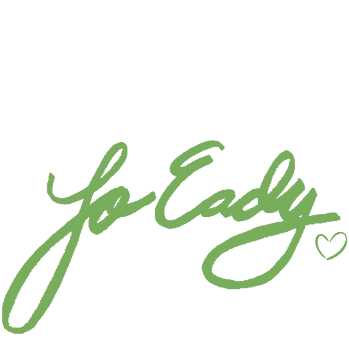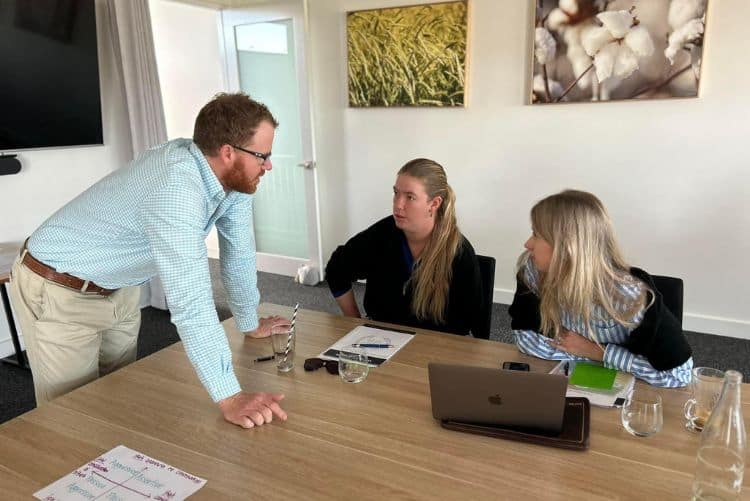Facilitation tools go well beyond talk time. When used well they can draw out conversation, opinions, feelings, priorities, inspiration, experiences, stories, issues and motivation. They can take the focus off the ‘directed nature’ of a session and place ‘çontrol’ with those participating. Many tools also allow for smaller group activities and when working with introverts this can give them the opportunity to feel comfortable to contribute to the discussion more than if they were engaged in a larger whole of forum group. I think it essential that effective facilitators develop their own tool kit of facilitation tools and tactics.
How to Choose Facilitation Tools
Choosing what tools to use will depend on the purpose of the forum you are facilitating, the length of time you have and the results and outcomes you are working together to achieve. Some facilitators ask if hey have to use tools in their sessions. I think you do. It ensures that participants have their say and they truly feel part of the process. Helping participants to engage with each other and with the topic, issue or idea they are to discuss is what facilitation is all about.
Facilitation Tools to Provoke Engagement and Conversation
This collection of tools are what first time facilitators used at a recent workshop I facilitated. I’m sharing these as they are tools that will suit many occasions. Consider using some of these in the future.
Tool 1 – SWOT Analysis
This is as structured review to document and analyse a situation, event, position paper etc. Use in groups or individually and record the strengths, weaknesses, opportunities and threats..
| Strengths | Weaknesses |
| Opportunities | Threats |
You can set this up so each person/group completes all 4 quadrants. Or allocate a quadrant to a person or group. SWOTS are a great way to capture feedback verbally or in writing.
Tool 2 – PowerPoint Slides
PowerPoint slides are a great visual so people can picture things, or you can present information in a clear way. Include pictures to set a scene, data to provide an overview of a topic /issue and or maps, tables etc. I’ve seen a simple question on a PowerPoint slide work wonders.
Tool 3 – Position ‘Papers’
These can be a sentence, paragraph, a one page or a whole report. These are best used to provide background information prior to a group coming together. These can stimulate thinking and assist participants come with formal users. Consider adding some challenge questions if you want to stretch peoples thinking.
Tool 4 – Shared Wisdom
Invite the group/participants to share their thoughts and experiences. Allow time for them to do this and be genuine in receiving it. Thank people verbally or via body language for their sharings.
Tool 5 – Audience Contracting
This is where you ask / invite / encourage and contract the group / participants to do something for you. This is best done with emotion e.g.
“I’m really really keen to hear your feedback on this today.”
“I want everyone to contribute their opinion freely as I really need your input.”
Tool 6 – Positioning
Position yourself and / or your audience. This can build connection and credibility. And with this comes a more sincere exchange. You can position yourself by saying things that connect like “I’ve worked on the climate change project at xx for almost 2 years now.”
“I see you have each visited xx and have seen the set up there.”
Tool 7 – Ask Questions
Questions are KING. Well thought out and asked questions can provide well thought out responses in a short time and can save a lot of guessing about what people might think. Questions can be asked of individuals and or of groups. Responses can be given verbally or written down.
Tool 8 – Call to Action
A call to action is when you actually ask people to do something. Yes, we often need to be asked. Be clear about what you ask and even clearer about what you expect of the participant. Be generous with your thanks when they do this. And build the call to action into the session and especially towards the end.
Tool 9 – Note taking / Scribing
A well facilitated session will mean there will be lots of information worth collecting. It’s impossible to collect this when facilitating. Share papers / pen / posters / textas and share information in writing. Be clear about what you want them to note.
Over to You
So, over to you. What do you think of these facilitation tools? Can you see which ones might be useful for a session you have planned? I really hope so! Have a go. The more you use them the more confident you will become.
Until next time!



